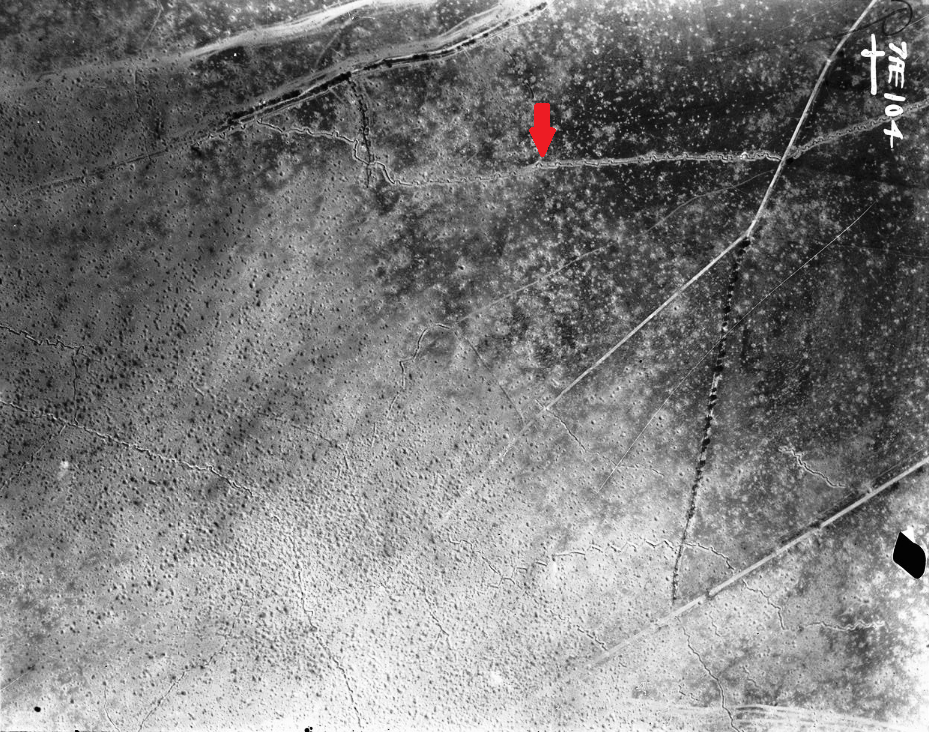Courcelette




Courcelette
Flers-Courcelette also marked the Canadians’ first offensive operation of the war. At 6:20 a.m. on Sept. 15, 2nd and 3rd divisions attacked along with nine British divisions. The village of Courcelette was 2nd Division’s objective. Its 4th and 6th brigades advanced behind a rolling barrage astride the Albert-Bapaume road towards their objectives of Sugar and Candy trenches in front of the village, which intersected about 800 metres from Courcelette, forming an enormous “X.” By 7:30, the two trenches had fallen and the soldiers dug in.
To the left of 2nd Div., 3rd Div. launched 7th and 8th brigades against the strongly defended Fabeck Graben trench line. On the division’s right, 8th Bde. units captured the northern extension of Sugar Trench, clearing the way for the capture of part of Fabeck Graben. Units of 7th Bde. then moved through and by nightfall had captured all but a 250-metre section of the trench.
At 6 p.m. 5th Bde. resumed the attack on Courcelette. After fierce hand-to-hand fighting, the 22nd (French Canadian) and 25th (Nova Scotia) battalions, supported by two tanks, succeeded in capturing the village, while the 26th (New Brunswick) Battalion mopped up by-passed Germans among the ruins. Following their usual tactics, the Germans launched violent, repeated counterattacks against the Canadians, which were successfully beaten off. The fighting was so fierce that the Van Doos commanding officer, Lt.-Col. T.L. Tremblay, noted “If hell is as bad as what I have seen at Courcelette, I would not want my worst enemy to go there.” Courcelette became the first of more than 250 villages and towns liberated by the Canadians during the war.
The next day it was 1st Division’s turn to take the lead, as it attacked the heights beyond Courcelette, but with little success. Meanwhile, 3rd Div. continued its attack against the next line of German defences, Zollern Graben, roughly 1,000 metres north of Fabeck Graben, although the two gradually converged west of Courcelette. The attack failed, but units of 7th Bde. captured the last remaining section of Fabeck Graben still held by the enemy. Additional attacks during the next few days failed to dislodge the Germans, who by now had reinforced their positions. This phase of the battle ended on Sept. 22 with Zollern Graben firmly in German hands.
The Sugar Refinery...
The Canadian 18th and 20th Battalions fought their way forward through the storm of shell, shrapnel and machine-guns, they eventually reached and took Candy Trench. Three or four minutes in advance of them, the 21st Battalion on the left, had reached the Sugar Factory and gained a footing there.
The Factory, though a redoubtable stronghold, had already been badly knocked about by the big guns. Very quickly it was surrounded on three sides by the Canadian troops, who were not to be denied. After a mad half-hour of hand-to-hand struggle in a hell of grenade and machine-gun fire, victory suddenly emerged, and the heap of ruins remained securely in the Canadians hands, along with 125 prisoners, of whom 10 were officers. One of the companies which distinguished themselves was "B" Company of the 21st Battalion, they were commanded most efficiently by its senior non-commissioned officer, Sergeant-Major Dear, every one of its officers having fallen during its hard-fought advance along the Bapaume Road.
The unexpectedly swift collapse of the Sugar Factory, which the enemy had thought they had made impregnable, was hastened, by the intervention of one of the "Tanks." making its way up over the trenches and shell-holes, belching fire from its sides. Bullets and shrapnel fell harmlessly as snowflakes upon its shell. Bombs exploded upon it wrapping it in flame, this did no more than deface the fantastic patterns of its paint. Wherever it moved, it spread panic. Under the most concentrated fire it waddled deliberately up to the barriers of the Sugar Factory, trod them down without haste or effort, and exterminated a defending machine-gun with its crew. Then, crashing ponderously over every kind of obstacle, it made a slow circuit of the Factory, halting here and there to destroy a troublesome nest of machine-gunners or preside over the surrender of groups of Huns. Its work was done!
By the time Canadian units pulled out of this area in November 1916, more than 24,000 Canadians had become casualties: more than 8,500 of them killed and of them, over 6,000 missing – half of the names on the Vimy Memorial commemorate men who died at Courcelette.
Gueudecourt



